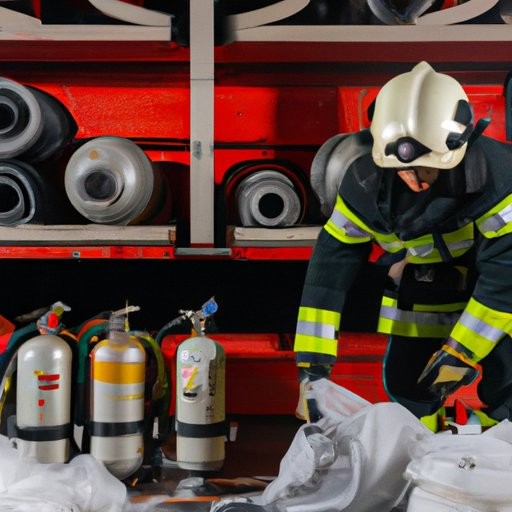Is There a Safer Alternative to Toxic AFFF Firefighting Foams?
Firefighters in the United States have long depended on Aqueous Film Forming Foam (AFFF) to effectively combat fuel-based fires. However, the inclusion of toxic PFAS chemicals in AFFF has sparked significant health and environmental concerns. As awareness of these risks grows, identifying safer alternatives becomes increasingly urgent.

What Are the Risks of Using AFFF?
While AFFF is effective against flammable liquid fires, it contains per- and polyfluoroalkyl substances (PFAS), which are under scrutiny for their persistence in the environment and potential health impacts, including cancer, liver damage, and reproductive issues. Firefighters are particularly at risk due to frequent exposure during training and emergencies. These chemicals can accumulate in the body, posing long-term health threats. Moreover, AFFF contamination has been detected at military bases, airports, and fire stations, elevating environmental and public health concerns.
Are There Safer Alternatives to AFFF?
The pursuit of safer firefighting foams is gaining momentum as regulatory bodies and manufacturers strive to mitigate PFAS risks. Several alternatives have been developed to minimize or eliminate PFAS while maintaining firefighting efficacy. Fluorine-free foams, which employ different chemical formulations, have shown promise in tests, sometimes matching the performance of traditional AFFF. Transitioning to these alternatives requires consideration of factors like equipment compatibility, costs, and regulatory compliance. Companies such as 3M, DuPont, and Chemours are at the forefront of developing and testing these new formulations, aiming to provide safer options for firefighting.
What Should You Know About Safer Alternatives to AFFF?
What health risks are linked to PFAS in AFFF?
PFAS chemicals in AFFF are linked to health issues such as cancer, liver damage, and immune system impacts. Firefighters may face increased risks due to prolonged exposure during training and firefighting activities.
Are there regulations for using AFFF?
Yes, the Environmental Protection Agency (EPA) and some states have established guidelines and advisories for PFAS in firefighting foams. International efforts are also underway to address PFAS contamination and promote safer alternatives.
What challenges exist in adopting fluorine-free foams?
Switching to fluorine-free foams involves challenges such as ensuring compatibility with existing equipment, evaluating performance in various fire scenarios, and managing costs. Ongoing research and testing are crucial to overcoming these obstacles.
How are manufacturers addressing PFAS in firefighting foams?
Manufacturers are actively working on fluorine-free alternatives to AFFF. Companies like 3M and DuPont are investing in research to create effective, safer foams that comply with new regulations and meet firefighters' needs.
What role do regulatory bodies play in promoting safer alternatives?
Regulatory bodies set standards, conduct research, and provide guidance on PFAS-related issues. Their efforts aim to protect public health and the environment while encouraging the development and adoption of safer firefighting solutions.
How Can We Ensure Safer Firefighting Practices?
Transitioning to safer firefighting foams is crucial for protecting firefighters' health and the environment. As of May 2025, many states still require compliance with evolving regulations. Firefighting departments and regulatory bodies across the United States must collaborate to adopt and promote safer alternatives. By prioritizing research, regulatory compliance, and education, we can ensure that those who protect us are also safeguarded from harm.



